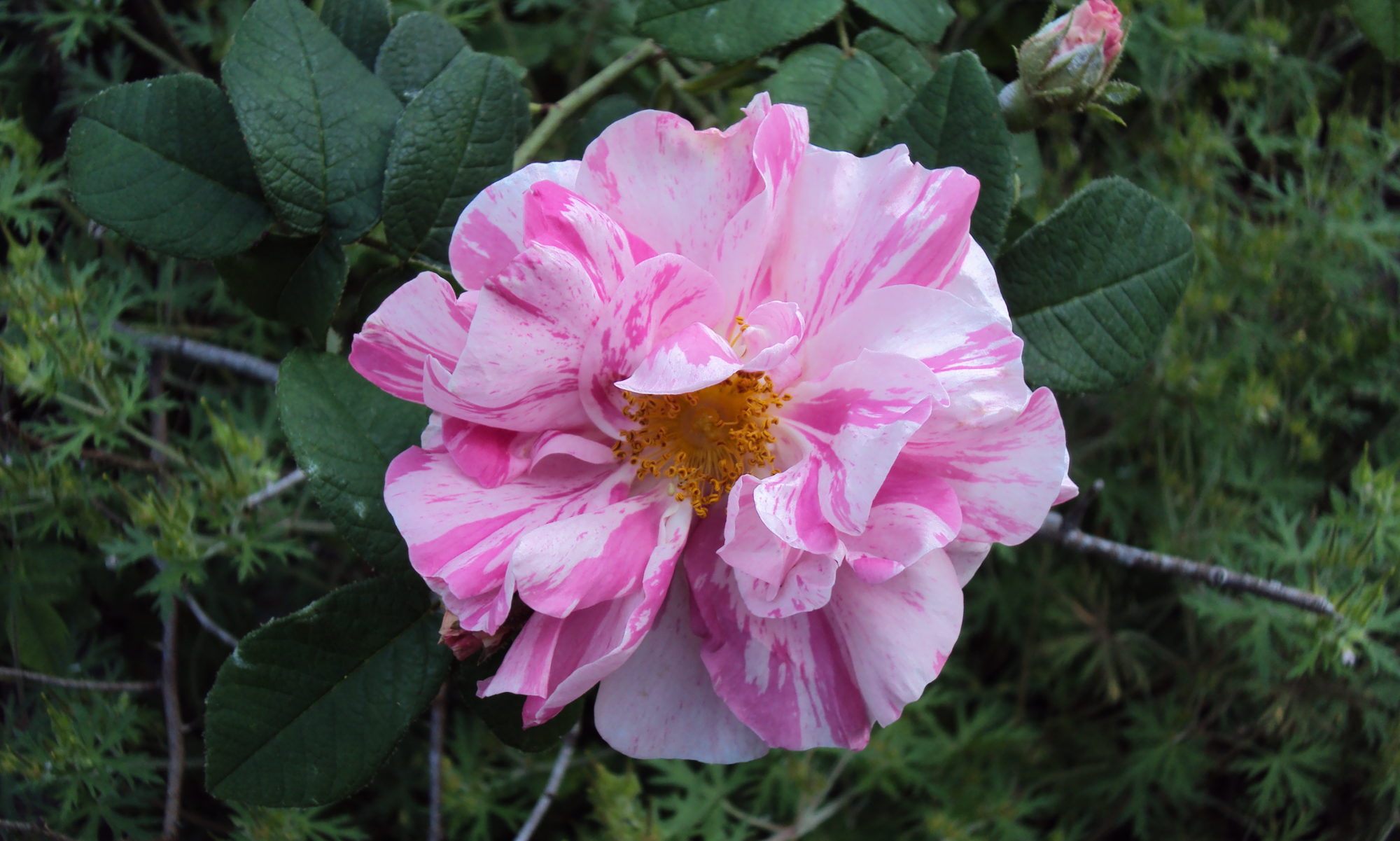Monday, Jul. 01, 2002 – 6:01 p.m.
2002-07-01 6:01
As I mentioned in a previous entry, the Mint Museum of Art in Charlotte has an exhibit of the art of Pierre-Joseph Redouté. Since the exhibit only runs through the 14 of July, I decided to visit the museum on my way back to Raleigh from Columbia. I had been down there to attend the retirement party for my father.
The Mint museum is called that because the building, at least before its latest expansion was the site of the first branch US Mint. In the early 18th century, gold was discovered in the area around Charlotte, NC, sparking the first gold rush in the history of the US. Prior to the building of the mint in Charlotte, people would either have to ship their gold to Philedelphia (a time-consuming and possible perilous journey) or deal with a private mint in Ruffordton(?) (who would charge a significant premium) to convert the raw gold to coin. From 1836 unti the civil war, the mint on Charlotte produced Half Eagle ($5), Quarter Eagle ($2.50) and $1 gold coins. Fascinating! In the mid 1930’s, the mint building had been moved from its original location in downtown Charlotte to a its current location in Eastway Park in eastern Charlotte. From what I saw of the park, it looks like a very nice green space with wide grassy spaces, trees and a meandering creek.
The Redouté exhibit was in a long narrow area in the back of museum on the main level. I must confess, I found the layout of the museum kind of confusing. However, after reading the history of the building, I now undertook why the rooms are so strangely arranged. I entered the exhibit from the exit end, not that it really mattered, I guess. There were items from a number of different works by Redoute, including Les Roses, Les Liliacées , and a book of american botany that he illustrated for Michaux. Probably most interesting thing (beside the very detailed hand-painted engravings of the flowers) was the biographical info about the man. He was an accomplished artist having studied initially under Dutch painting masters and worked doing paintings and drawings in the court of Louis XVI. He then moved to London and worked at the British royal botanical gardens in Kew. Returning to Paris, he studied under a noted engraver. He was eventually commissioned by Empress Josephine to paint the roses at her country estate of Malmaison, which were published,with botanical text by Claude-Antoine Thory, as the three volume set, Les Roses. I am going to have to see if I can get a modern reprint of that set with english translations.
While there was not a catalog for the exhibit, I did get a number of things at the gift shop including copies of the two small posters produced for the exhibit. I guess it wasn’t big enough to warrant a full book on the exhibit. Most of the actual engravings came from a collection at the University of Georgia. I spent a fair amount of time browsing in the giftshop because it was pouring down rain when I finish going through the museum. The girl in the shop was quite nice and, after I explained my interest in old roses, she gave me the name of a nature sancuatry that has a rose garden and twice a year does a plant sale. On leaving the museum, I noticed that they have a nice bed of roses off to one side in front of the museum. There were note your standard hybid teas either. All were old garden roses. I suspect that they were Teas, Burbons and the like. After taking some pictures (and looking arouind to see if there were any other beds around) I went back in and inquired as to how I could get additional info about the kinds of roses that were in the bed. The nice lady at the counter gave me the name of the building manager. If he doesn’t know, I am fairly confident that he can probably point me in the right direction.
One of the items in the giftshop was a box of cards with images from Les Roses on them. the interesting thing was they were produced by the Hunt Institute for Botanical Documentation, which is located at Carnegie Mellon in Pittsburgh. Looks like I need to stop by the alma mater on my way through in a couple of weeks.
